Letter recognition Normal Letter Sounds Worksheets for Ages 3-6
13 filtered results
-
From - To
Boost your child's reading readiness with our engaging "Normal Letter Sounds Worksheets" designed specifically for ages 3-6. These interactive worksheets focus on vital letter recognition and sound identification, perfect for young learners. Each activity promotes phonemic awareness through fun exercises that help kids connect letters to their typical sounds. Ideal for home or classroom use, our worksheets encourage creativity and make learning enjoyable. Whether reinforcing classroom lessons or providing valuable practice at home, these resources will support your child's literacy journey while laying a strong foundation for reading success. Start enhancing their reading skills today with our captivating worksheets!
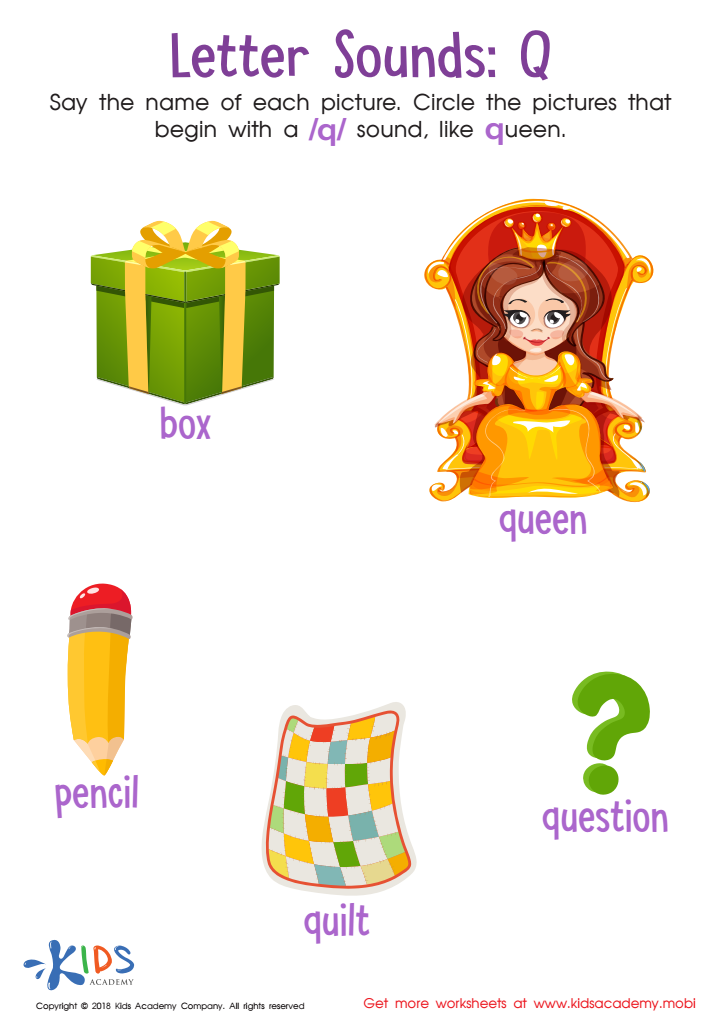

Letter Q Sounds Worksheet


Letter P Sound Worksheet
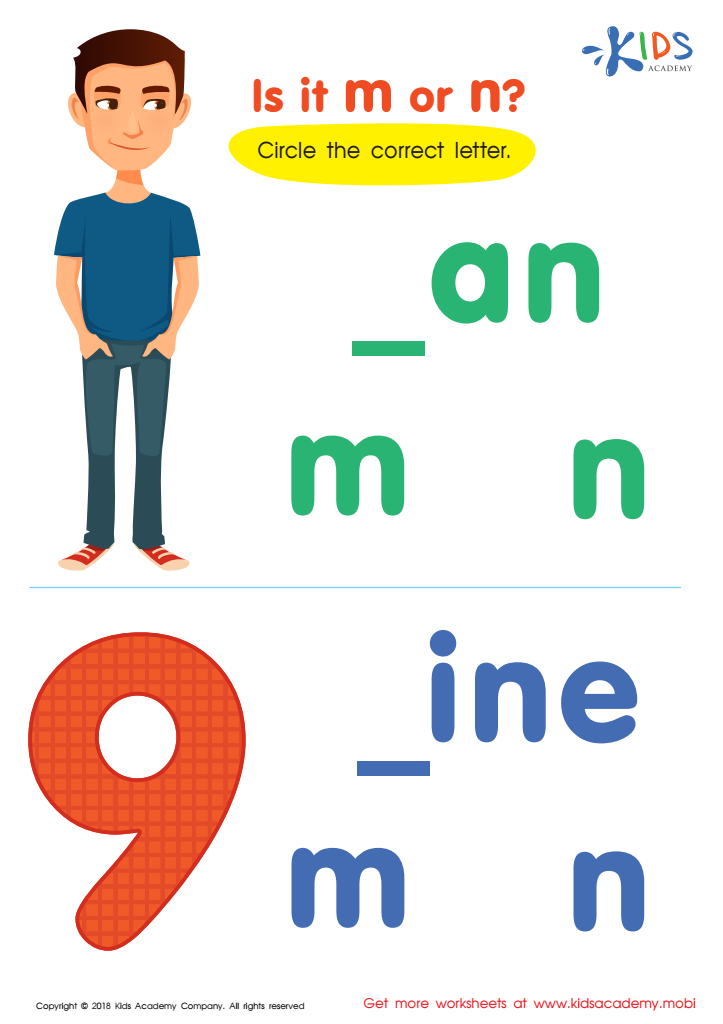

Is It m or n? Worksheet
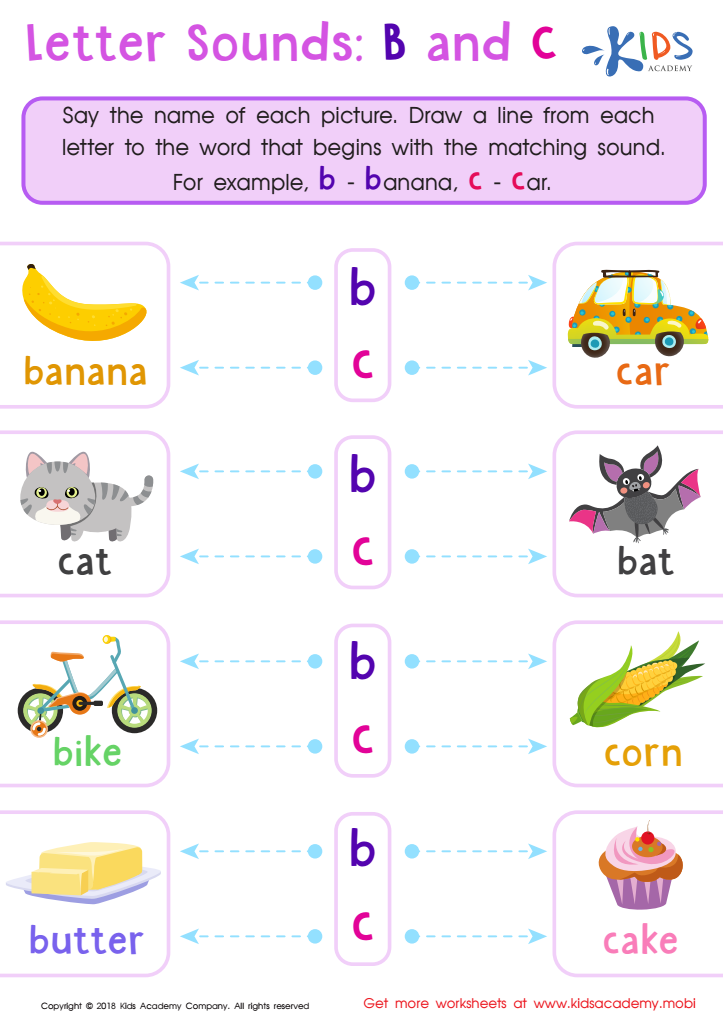

Letter B and C Sounds Worksheet
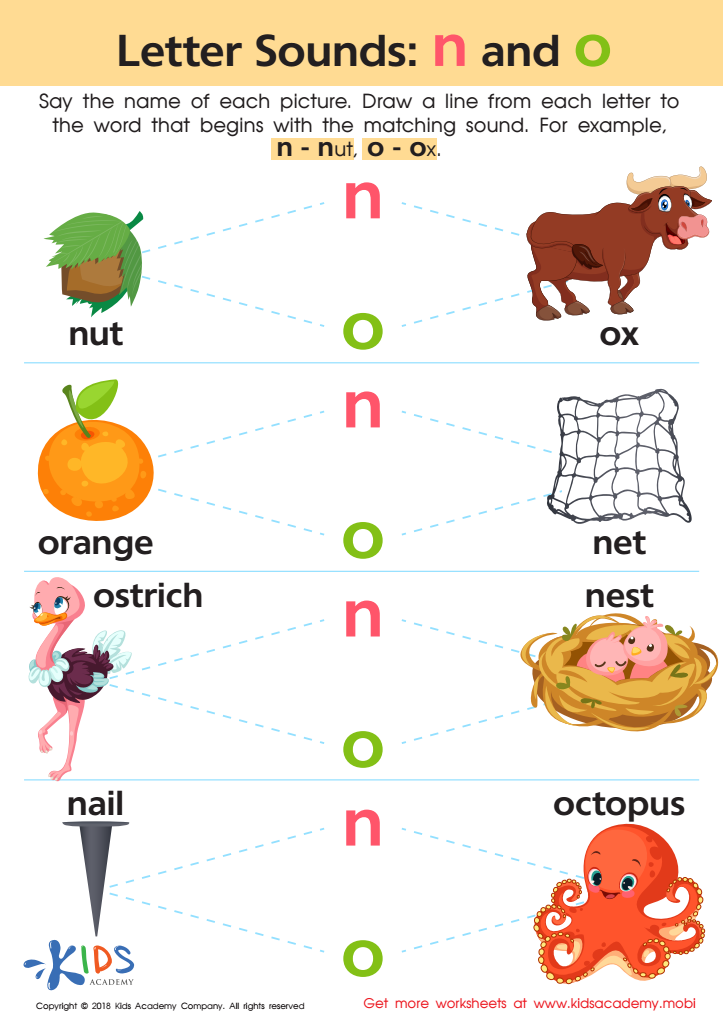

Letter N and O Sounds Worksheet
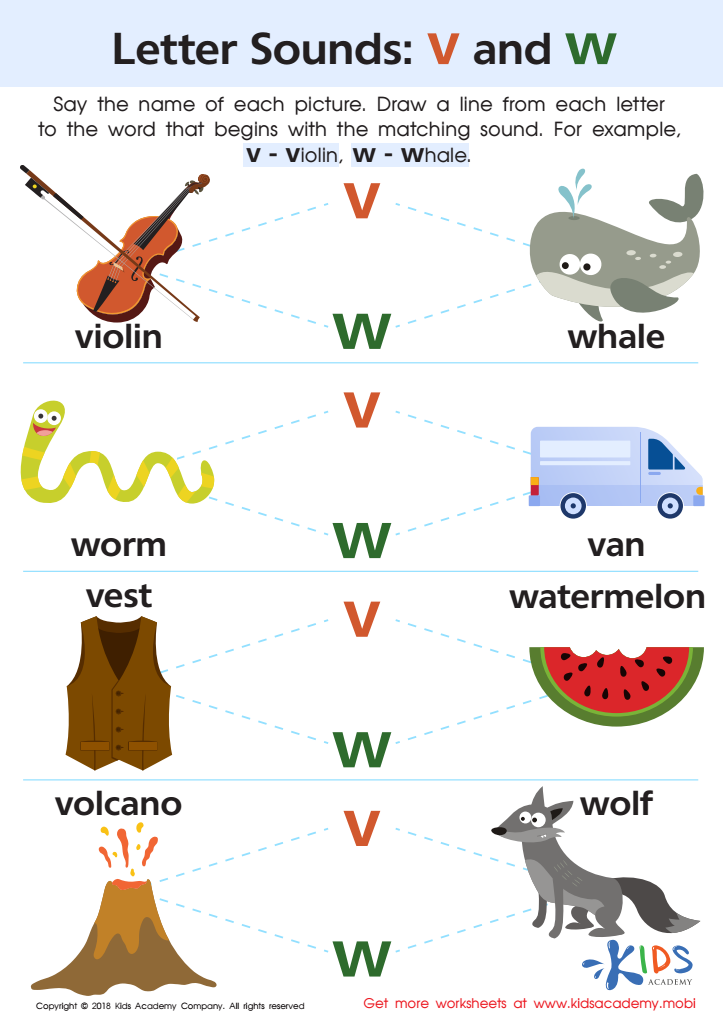

Letter V and W Sounds Worksheet
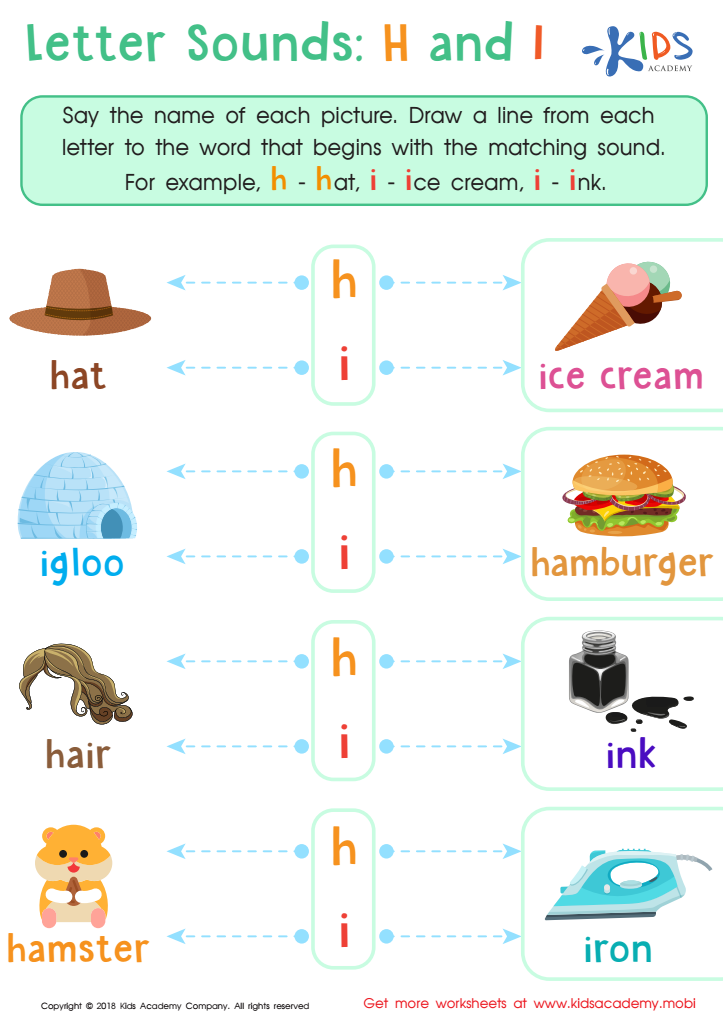

Letter H and I Sounds Worksheet
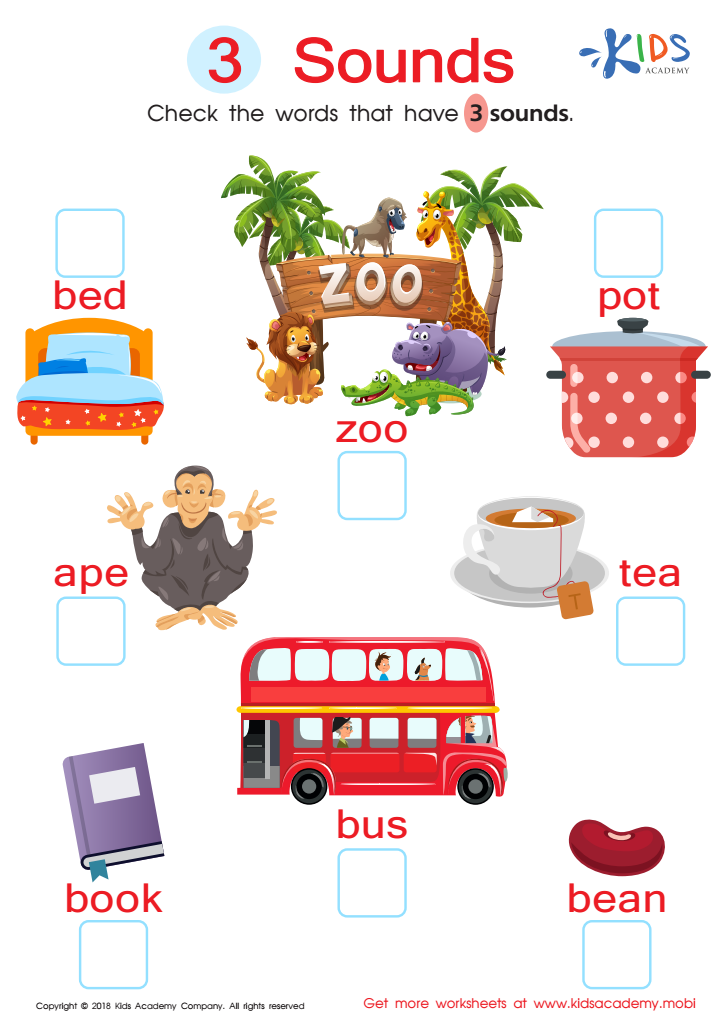

3 Sounds Worksheet
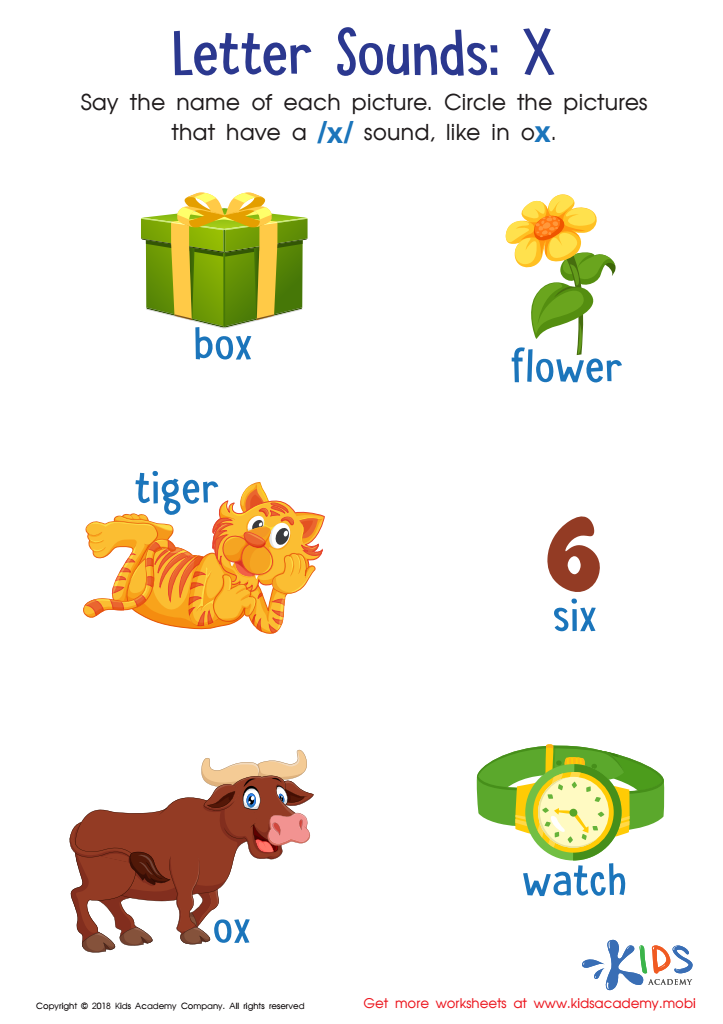

Letter X Sounds Worksheet
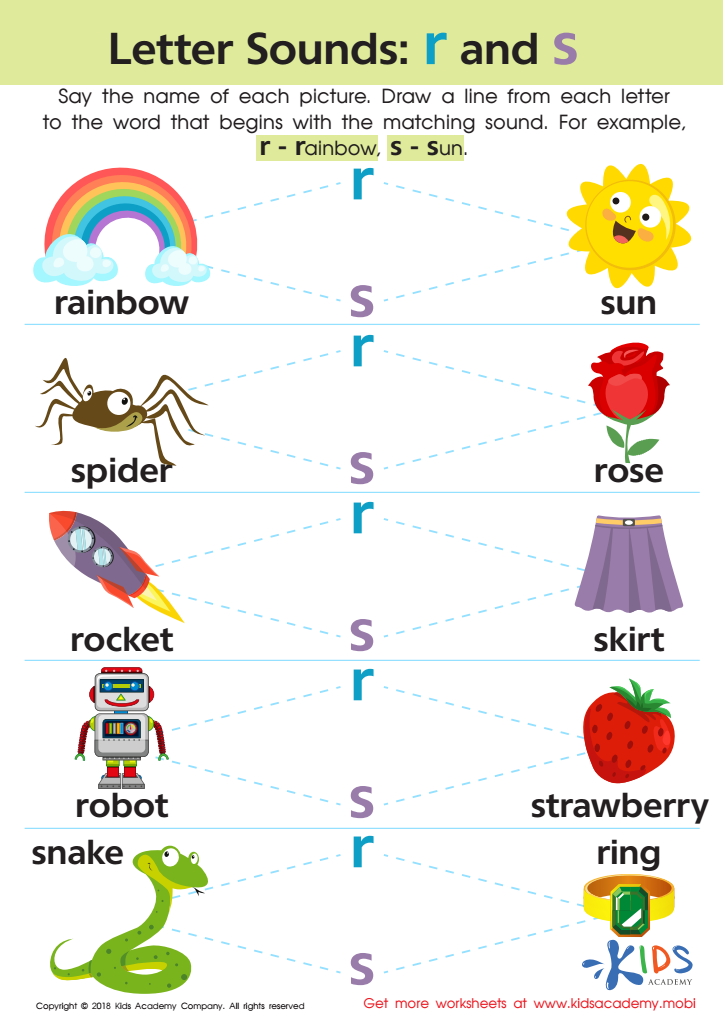

Letter R and S Sounds Worksheet


Letter l and M Sounds Worksheet
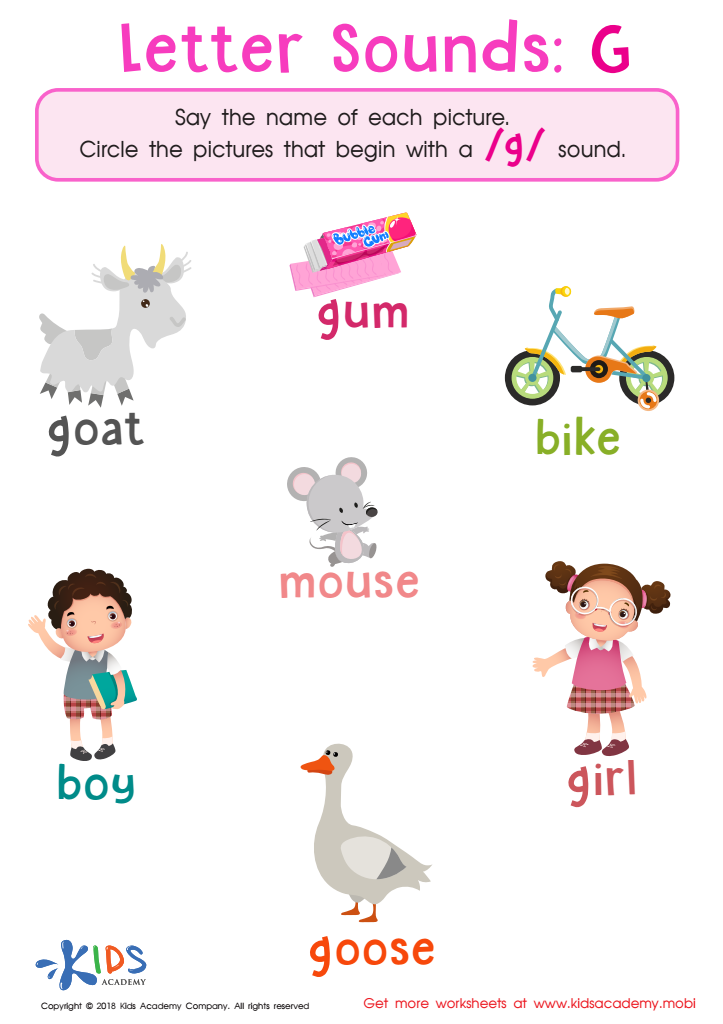

Letter G Sounds Worksheet
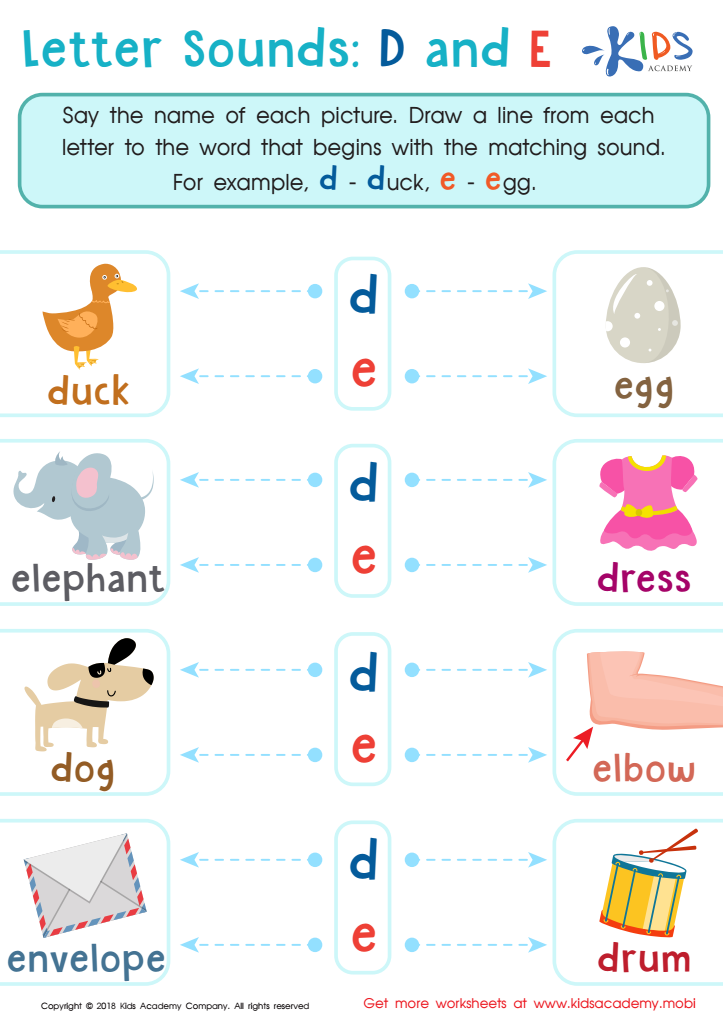

Letter D and E Sounds Worksheet
Letter recognition and normal letter sounds are foundational skills critical for early literacy development in children ages 3 to 6. These skills serve as stepping stones for proficient reading and writing, which profoundly impact academic success. When children can recognize letters and associate them with their corresponding sounds, they become better equipped to decode words as they start to read, enhancing their vocabulary and comprehension.
For parents and teachers, fostering letter recognition and sound awareness is essential because it builds a strong base for phonemic awareness—the understanding that letters and sounds work together to form words. This awareness is crucial for sounding out words and developing spelling skills later on.
Engaging children in activities such as reading picture books, singing alphabet songs, and playing sound games can make learning enjoyable and effective. Moreover, recognizing the individual differences in how children learn enables tailored approaches, ensuring that all children progress at their own pace.
In essence, prioritizing letter recognition and normal letter sounds helps our youngest learners become confident readers, empowering them with essential tools for lifelong learning and communication. Investing in these early skills is an essential responsibility for both parents and educators.
 Assign to My Students
Assign to My Students














